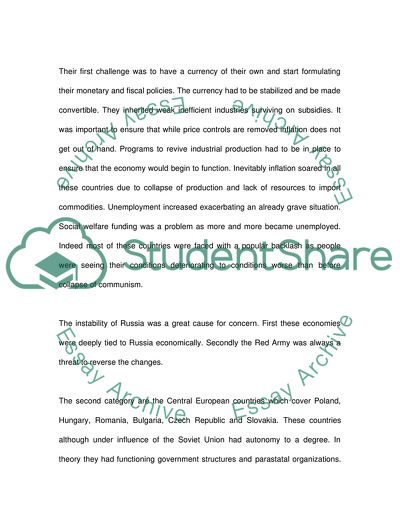Cite this document
(“The Main Problems which Eastern/Central European Countries Have Essay”, n.d.)
Retrieved from https://studentshare.org/macro-microeconomics/1535789-the-main-problems-which-easterncentral-european-countries-have
Retrieved from https://studentshare.org/macro-microeconomics/1535789-the-main-problems-which-easterncentral-european-countries-have
(The Main Problems Which Eastern/Central European Countries Have Essay)
https://studentshare.org/macro-microeconomics/1535789-the-main-problems-which-easterncentral-european-countries-have.
https://studentshare.org/macro-microeconomics/1535789-the-main-problems-which-easterncentral-european-countries-have.
“The Main Problems Which Eastern/Central European Countries Have Essay”, n.d. https://studentshare.org/macro-microeconomics/1535789-the-main-problems-which-easterncentral-european-countries-have.


